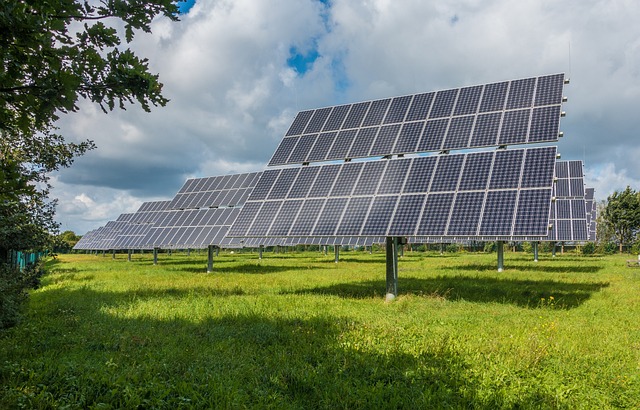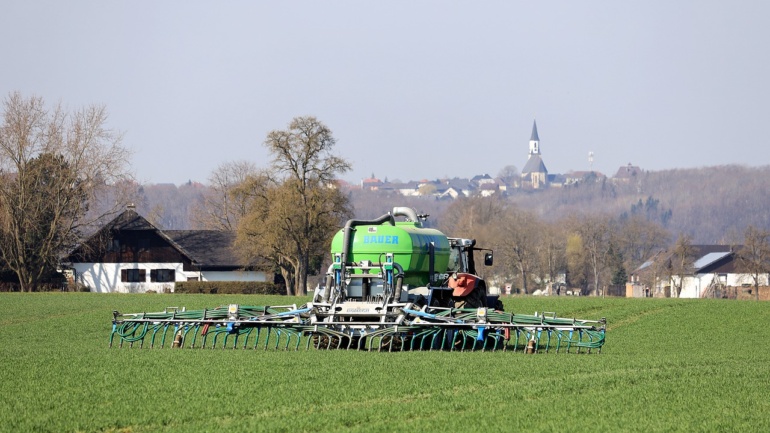By Brigitte Rodriguez, Publishing Associate: Researcher & Writer for Save The Water™ | December 23, 2023
Researchers have introduced a novel eco-friendly method for generating clean water known as solar evaporation technology. This innovative approach serves the dual purpose of purifying and desalinating water. Certainly, it stands out as a cost-effective and environmentally friendly solution to address water purification needs.
Wastewater Treatment Basics
Wastewater is water polluted by human activities. This includes domestic wastewater from private homes and businesses, as well as industrial wastewater from factories. Indeed, wastewater contains a variety of pollutants, including organic matter, nutrients, pathogens, and heavy metals.
The New Solar Wastewater Treatment Method
The interface solar vaporization device (SVD) is based on a hybrid organic-inorganic nanocomposite (s-x-HCC). The creation of this evaporation device is based on a bilateral structure:
1) An upper photothermal/photocatalytic layer that allows an efficient transfer of light over water. This layer is also covered by two additional types of materials: amorphous carbon and SiO2.
2) A lower layer that ensures floatability.
This innovative structure enhances the efficiency of photocatalysis and prolongs the catalyst’s activity, leading to improved generation of clean water. The hybrid organic-inorganic nanocomposite combines the strength and rigidity of inorganic materials with the flexibility and lightness of organic materials. This groundbreaking technology holds the potential to revolutionize water desalination. Additionally, CCMs-x are materials that blend the characteristics of both organic and inorganic materials. In the case of SVD, these materials are utilized to develop devices that capture sunlight, convert it into heat, and use it to evaporate water from salt solutions.
Advantages and Challenges of SVD
There are advantages to using this type of technology:
- Low cost
- High water purification rate (97.85%)
- Contaminants in the concentrate are removed from the CCMs-x devices over a period of 60 minutes
- Better at absorbing sunlight than other materials
- Long-term durability
Meanwhile, this method also poses challenges:
- Not suitable for wastewater treatment in urban areas because of the specific properties of the water
Traditional Wastewater Treatments
There are several traditional methods for wastewater treatment. They include a set of physical, chemical, and biological processes used to remove pollutants from wastewater.
Traditional wastewater treatment methods face many challenges:
- Increasing amount of wastewater: As more people inhabit urban areas, the production of wastewater is likely to increase proportionally.
- New Contaminants: New contaminants are now present. This comes from new drugs and personal care products. The residue then ends up in wastewater, which is difficult to treat.
- Energy costs: Traditional treatment methods are energy intensive. Therefore, energy costs are rising.
Other New Sustainable Methods
A number of sustainable and efficient wastewater treatment technologies are emerging:
- Natural Treatment Systems: These systems use natural processes such as wetlands and biofilters to remove contaminants from wastewater.
- Membrane Technologies: These technologies use membranes to filter contaminants from wastewater.
- Advanced Oxidation Processes: These technologies use strong oxidants to break down organic matter and pathogens in wastewater.
Future Perspectives
The future possibilities for the SVD are vast. Specifically, it could find applications in remote or arid regions, providing a means for local communities to access clean water. Moreover, the technology holds potential for integration into wastewater treatment plants, assisting in removal of pollutants from wastewater. Additionally, the SVD could play a role in solar power plants, contributing to the generation of clean electricity.
In conclusion, the SVD has shown its effectiveness in extracting clean water from the air and purifying wastewater by removing pollutants. This positions it as a promising technology in tackling both water scarcity and pollution issues.



